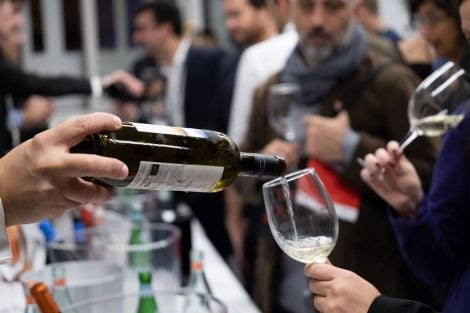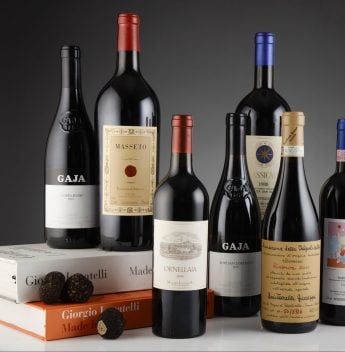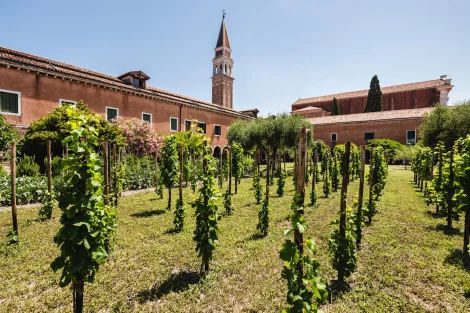The report, created in collaboration with bodies including United Nations (UN) Tourism, the International Organisation of Vine and Wine (OIV), the Great Wine Capitals Global Network (GWC) and WineTourism.com, surveyed 1,310 wineries from 47 countries across the globe in order to provide a comprehensive overview of the worldwide enotourism industry.
70% of those who partook in the study were based in Europe. 17% of the total number of wineries in the study were in Italy, 16.9% in Germany and 11.5% in France – as for the 'rest of the world', the country which was most involved with the study was the USA, with 2.9% of the total.
Why not?
Of the producers surveyed, the vast majority (88%) provide some form of tourism offering. For the 12% that don't the main reason cited was a lack of staff, with 50% mentioning labour shortages as a factor in their decision. 46% claimed that it was due to a lack of time.
These two factors were especially notable among European wineries – whereas 57% of European wineries which do not cater to wine tourists said that it was due to a lack of staff, for wineries outside of Europe it was almost half of that (30%). The data suggests it is a similar picture for other factors. Indeed, while 7% of European producers without a wine tourism offering noted that competition from other producers was a factor, for producers outside of Europe (including those in the US, Argentina and Australia) it was 0%.
There is also, according to the report, a greater reluctance among European wineries to add a tourism branch to their businesses. Among that group without a wine tourism offering at present, 23% of the Europeans responded with a resolute 'no' to the question of whether they would considering doing so in the future, compared to just 12% of those outside of Europe.
The offer
For the 88% which are open to tourism, the study also sheds light on differences on the experiences available.
For example, whereas a similar proportion of wineries in Europe and the rest of the world provide tastings (79% and 80% respectively), far more European wineries have an option for vineyard tours (63% compared to 55%). By contrast, wineries outside of Europe are more likely to host private events (53% versus 43%) or have features specifically catered for those who do not drink wine (38% compared to 22%).
Head start
It is also clear from the data that wineries outside of Europe have been much quicker to embrace visiting tourists. 60% of the non-European wineries which offer tastings, tours and other experiences to guests have been doing so for more than 10 years – this contrasts with 49% of the Europeans.
There is also a difference in the view European and non-European producers have of the extent of the economic benefits that wine tourism can bring. Asked to rate how positively they view this on a scale of one-to-five, the non-European wineries gave an average score of 3.9 whereas those in Europe gave 3.6, a disparity which the report notes is "statistically significant".
Perhaps this difference of perspective can be explained by another finding from the report – European wineries, on average, attract a quarter of the visitors per annum (approximately 1,000) than non-European ones do (4,000).
Future potential
However, although this data points to a significant discrepancy, the situation is evolving, and in a positive way for Europe's wine tourism offering.
Wine tourism across the globe is very much dominated by the 45-65-year-old age bracket – in both Europe and outside of it, this cohort constitutes the vast majority of wine tourists (82% in Europe, 80% overseas). For both, the under-25s make up just 2%.
Concerns about younger generations not having an interest in drinking wine have become a hot topic in the wine industry, and lower consumption may also be a concern for the knock-on effect it could have on tourism to wineries.
But the report suggests that the interest of younger generations in wine tourism has grown to a significantly greater extent in Europe (43%) than outside of it (34%). This trend points to the possibility of growth of the wine tourism sector in Europe in the years to come. Perhaps Old World wine tourism will be able to reach the levels that it has in the New World thanks to the young.
Gambero Rosso International will be providing further insight on the report from the study's initiator, Hochschule Geisenheim University's Professor Gergely Szolnoki, next week.


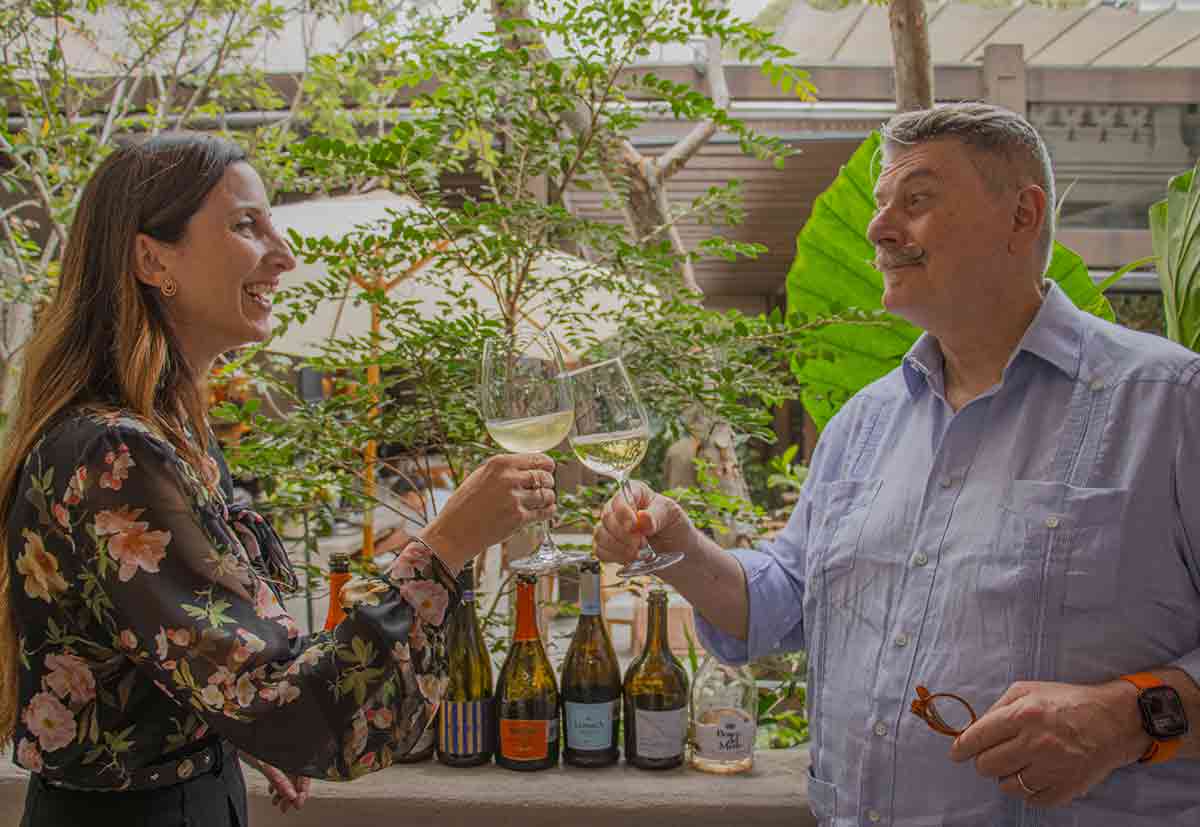 How Prosecco DOC brings a spark of Italy to special moments
How Prosecco DOC brings a spark of Italy to special moments How does Europe's wine tourism industry compare to the rest of the world?
How does Europe's wine tourism industry compare to the rest of the world?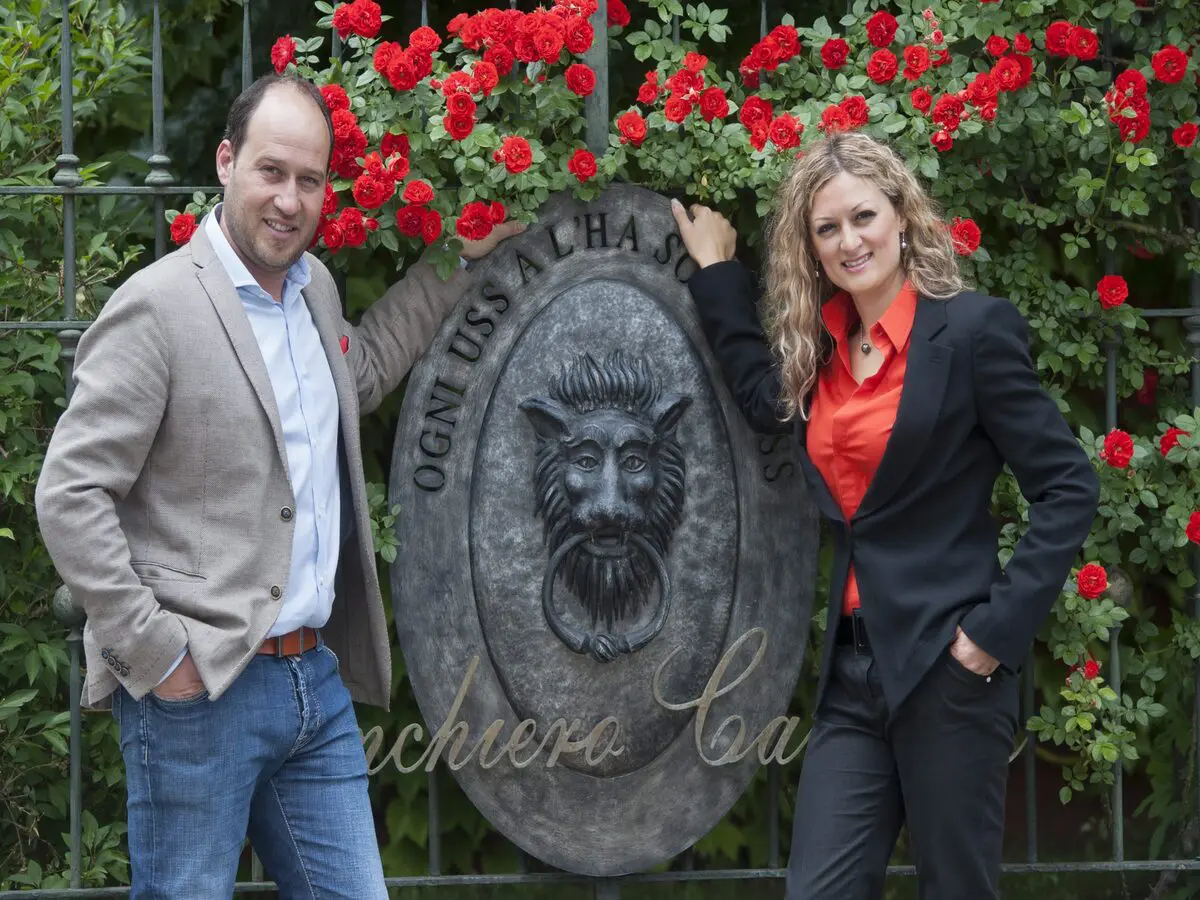 The young man who gave Arneis a future again. Here is the White wine of the Year according to Gambero Rosso
The young man who gave Arneis a future again. Here is the White wine of the Year according to Gambero Rosso Vini d’Italia 2026 Guide: The 13 special awards assigned by Gambero Rosso
Vini d’Italia 2026 Guide: The 13 special awards assigned by Gambero Rosso Italy’s best wines awarded with the Tre Bicchieri 2026 by Gambero Rosso
Italy’s best wines awarded with the Tre Bicchieri 2026 by Gambero Rosso

